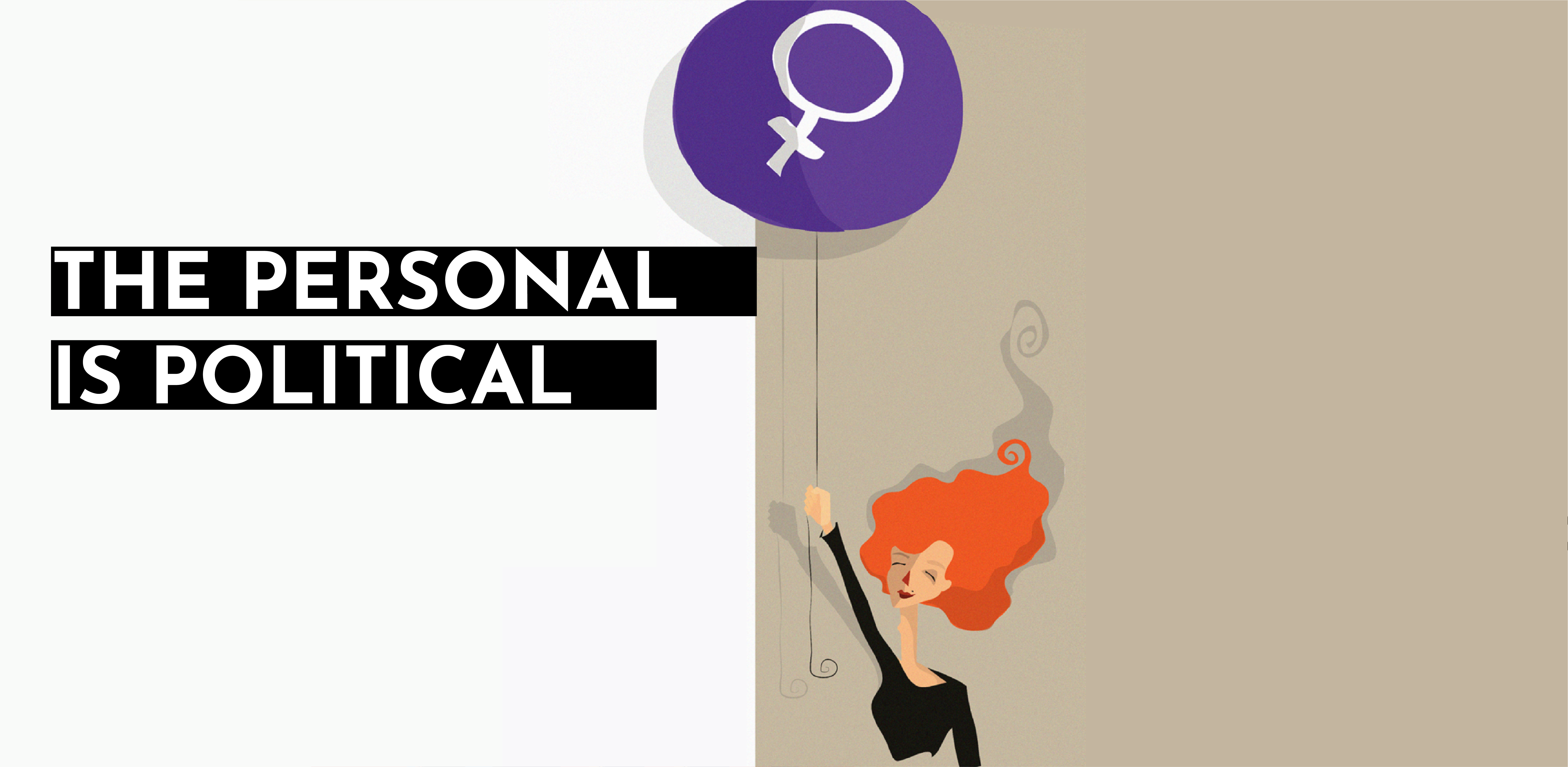How to Tell Personal Digital Stories
5 STEPS TO TELL YOUR DIGITAL STORY / BLOG

HOW CAN PERSONAL DIGITAL STORYTELLING HELP WOMEN?
Every social-impact organisation working to make a positive change in women’s lives can help women increase their own voice by giving digital storytelling trainings.
Digital storytelling provides an opportunity of self-representation, reaching and creating a network of activists, and lastly enables women to construct and de-construct the discourse. In that sense, the practice of digital storytelling becomes a practice of emancipation and empowerment.

WHAT IS PERSONAL DIGITAL STORYTELLING?
Digital storytelling is a wide term. There are several methods for digital storytelling; one of them is creating personal stories by using digital technology and sharing them on social media channels – all done by ordinary individuals. It is crucial to emphasise the word “ordinary” because of the fact that increased access to technology and Internet enabled ordinary people to be the content producers apart from big media corporations. It can be said that every tweet, every YouTube video is helping democratization of media. We can tell our own stories and we can listen to the other people’s stories more than ever.
THE STEPS OF PERSONAL DIGITAL STORYTELLING
This type of digital storytelling is the simplest way of telling your story, making the private public and showing that the personal is political. It is not a method to tell an organisational story to expand its audience. However, an organisation can use this method to help people they are working for, tell their own stories in an unmediated, and increase their voices. Also these individual stories can be added to the grand narrative of the organisation and contribute to the its story as a part of a well-planned campaign.
1-WRITE YOUR SCRIPT
First of all, you need to select a topic and start to write your script. It will help you to construct your digital story. It needs to be short and focused, to keep your audience’s attention.
2-CREATE A STORYBOARD
After you write your story, you need to visualise it. Your storyboard will be the blueprint of your story. In that part, you need to think which image to use in which part of the story and plan from the beginning to end. You can download storyboard templates online or you can simply use pen and paper.
3- RECORD YOUR VOICE
You can use your phone, computer or an audio recorder to record your voice. Try to record your voice in a quiet environment and pay attention to external sounds like air conditioner, etc. if you don’t want them to be in your recording. If you are using a microphone, there is a big possibility that some of the letters will pop while you are talking. There is a very easy way of preventing this by covering your microphone with a tissue paper. You can download and use the software Audacity or Apps like Ferrite to record your voice.
3-CHOOSE VISUALS
Here is the main tip for the visualisation of your story: You don’t need to represent every sentence with an image. Your images should contribute to your story and explain something extra that you are not telling in your script. You can use your own photos or use other images especially if you want to stay anonymous. Try to use copyright-free images. Go to Google > Settings > Advanced Search. In here you can choose the type, color, resolution and usage rights of your image. There are several options in terms of usage rights, like, free to use share and modify. You can also use free stock images from several stock image sources such as Freepik.
4-ADD BACKGROUND MUSIC
Background music also contributes to your story and helps create a mood specific to the aim of your story. There are a couple of websites that you can download copy-right free music. Make sure that your background music is not louder than your own voice.
5-SHARE YOUR STORY.
The easiest and the most efficient way of sharing your story is sharing it in social media. However, finding the right platform is also very crucial. After you upload your story to one of the video sharing platforms like Youtube or Vimeo, you need to let people your story exists. You can share the link of your story from your social media accounts such as Instagram, Twitter and Facebook.
P.S. No matter if you want to tell a social impact organisation’s story or your personal individual story, you can learn more about digital storytelling by downloading our free Digital Storytelling for Social Impact Guide-I now.
Want to have a cup of tea and talk about how to digitalise your story?
Want to have a cup of tea and talk about how to digitalise your story?
Want to have a cup of tea and talk about how to digitalise your story?

